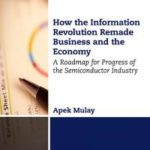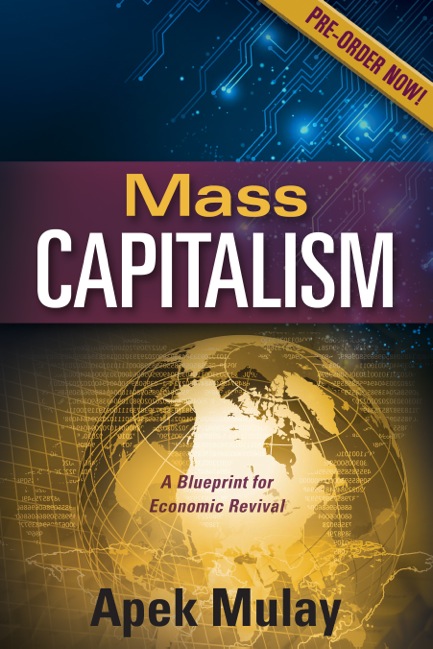Foundries continue to face increased competition in the semiconductor industry, demanding new approaches in order to achieve success. The semiconductor pundits and industry leaders quoted in a volume titled Fabless: The Transformation of the Semiconductor Industry, by author Daniel Nenni and contributor Paul McLellan, weigh in on their views of the future of the semiconductor industry. My responses to these leaders are based on macroeconomic principals on the theory of mass capitalism that I’ve been exploring in my writing.
Subi Kengeri, vice president of advanced technology architecture at GlobalFoundries told Fabless authors that the era of foundry 2.0 has arrived. He believes that only companies that are willing to collaborate early, deeply, and openly will survive and thrive in this emerging environment.
The thoughts of Kengeri met with action when GlobalFoundries announced that it would be collaborating with Samsung and utilize Samsung’s 14 nm manufacturing process. In order to ensure a better cooperative collaboration across the entire industry, there need to be reforms in existing business models and supply chains to achieve this greater cooperation over competition. Only a fabless business model can achieve a better cooperative collaboration, which would benefit both fabless businesses and their foundries.
Richard Goering, veteran EDA editor and senior manager of technical communications at Cadence Design Systems concurs that deep and early collaboration among participants in IC design supply chains — including IP providers, EDA vendors and foundries — is a must. “As we grapple with problems of today, let’s lay the groundwork for the bright ideas of tomorrow,” he said.
His vision of supply chain collaboration can be realized only through decentralized supply chains, which lead to an increased cooperation over competition between the entities in the supply chain. Only decentralized supply chains lead to flourishing of individual entities. There is less to lose and more to gain by cooperation with other entities in the supply chain. I believe visionaries like Goering would support laying the groundwork for establishing a decentralized supply chain.
Rich Goldman, vice president of corporate marketing and strategic alliances at Synopysys believes that keeping up with the pace of Moore’s law continues to get more and more difficult, both physically and economically. “The economic challenges are forcing us to advance in three axes by developing new methodologies and experimenting [with] new materials,” he said in the book.
I appreciate Goldman pointing to twin challenges with progressing Moore’s law both physically and economically. While 3D ICs are an innovative way for scaling transistors, the scaling in the third dimension could prevent making our smart phones slick and slim for every generation.
The same also applies to developing new methodologies and experimenting with new materials to prolong the physical limits of Moore’s law. The economic challenges of Moore’s law could be overcome by simple common-sense macroeconomic reforms. Only by having a free market economy will it be possible to have a sustainable economic demand for advanced electronic products. When there is a sustainable demand for the latest and greatest electronic products, then the investments made by the semiconductor industry in overcoming the physical limits of Moore’s law could be made sustainable, since they would create a good demand for the manufactured products.
Semiwiki blogger Luke Miller is optimistic about the industry’s ability to meet the challenges ahead, saying, “As we step out further, electron or quantum computing will unleash a technological world that would blow our minds, solving mysteries and problems once thought impossible.”
In order to achieve that transition, the economic limits of Moore’s law also have to be overcome. I am sure, with some solutions which I have proposed in my upcoming book, those economic limits to Moore’s law that were once thought impossible to conquer would also be easily overcome.
What’s your take on these themes? Let us know in the comments section below.


Recent Comments